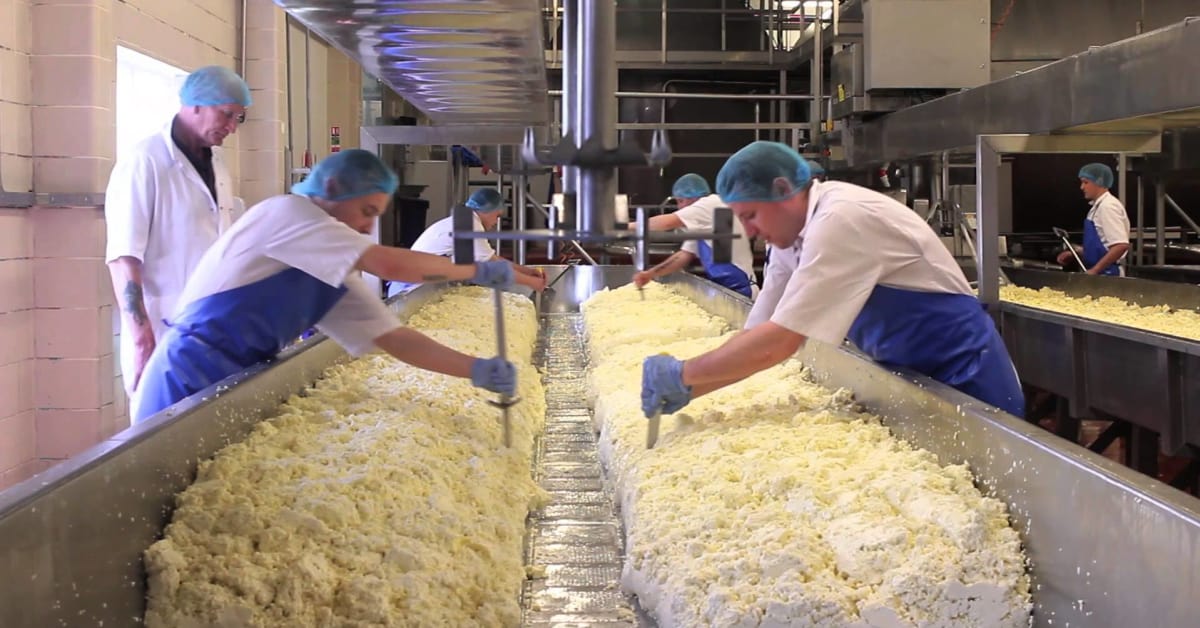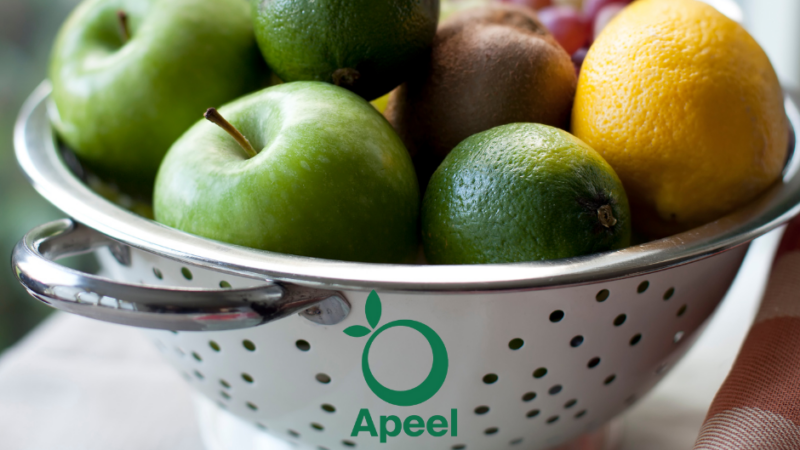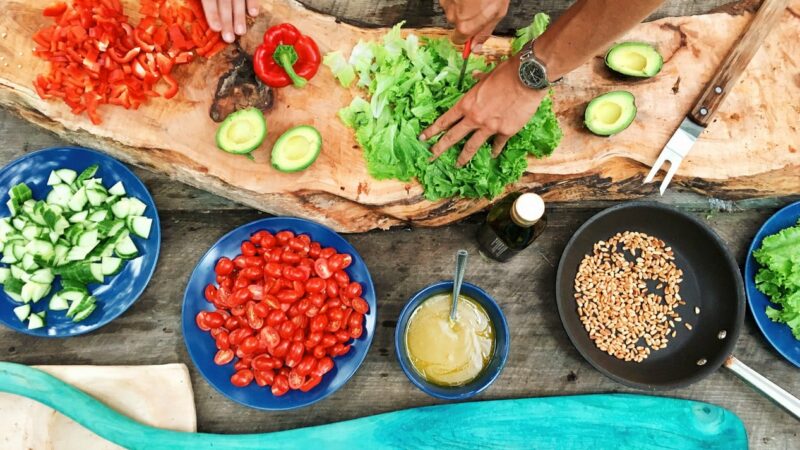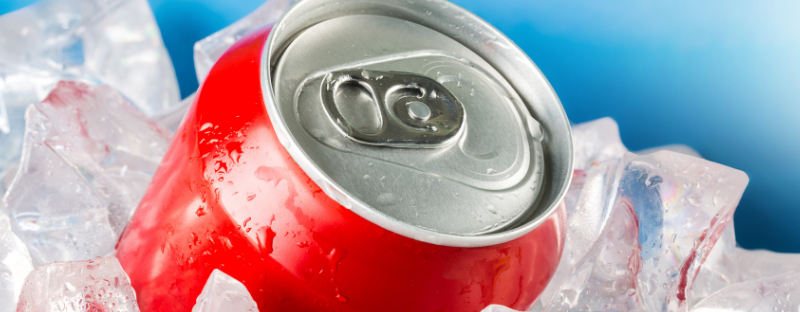How Its Made: Would You Eat THAT?

1. Apples are covered with ground-up bug resin.
It’s called “shellac,” and it’s a waxy resin secreted by the lac bug. That’s what gives apples their shine.
“But wait,” you’re probably saying while chewing on a Red Delicious, “I picked an apple off of a tree, and it still looked shiny.”
That’s because apples create their own natural wax to prevent premature decomposition. Of course, food companies usually remove that wax during the cleaning process. Consumers want their apples to shine, so manufacturers apply a coat of shellac. All better, right?
So, just to recap: Food distributors remove the wax from your apple to “clean” it, then apply the resin from the lac bug, then sell it to you. Oh, and here’s what that shellac looks like before it’s processed.
Shellac is also commonly used on lemons, oranges, and Jelly Belly jelly beans, and it’s not just a resin—many of the bugs are processed along with the resin scrapings. Yes, that means that your apple is covered in ground-up bug bodies. Enjoy.
2. Bread often contains L-cysteine, which is made from duck feathers.
L-cysteine is an amino acid, and it’s an essential preservative; it’s one of the reasons that your store-bought bread lasts for more than a week, while your grandma’s home-cooked loaf starts to turn green after a few days (incidentally, “Grandma’s Home-Cooked Loaf” would be a great band name).
It’s often made from duck feathers, cow horns, hog hair, and even human hair. Of course, by the time it’s added to your bread, it just looks like a nondescript liquid, but still—you’ll probably wish that you didn’t know about L-cysteine the next time you make a sandwich.
There is such a thing as synthetic L-cysteine, by the way, and you can often find it by looking for Kosher-friendly foods.
3. Vanilla flavoring is sometimes made from the scent glands of beavers.
The scent glands of beavers—and we’re being very, very careful with our language here—are used to make castoreum. Trust us, you really don’t want to know the process.
In any case, castoreum was a common food additive and generally recognized as safe. It was sometimes used in vanilla and raspberry flavorings, although that’s much less common now. Why? Well, “harvesting” the castoreum is more expensive than growing vanilla.
In any case, castoreum is still widely used in perfumes, although it’s fallen out of favor in the food industry. The Vegetarian Resource Group asked five vanilla manufacturers whether they used castoreum, and all of them denied using the additive.
4 Your favorite strawberry-flavored products may contain more bugs than berries.
Recently, some Starbucks customers became seriously upset when they learned that the company had been using an ingredient called cochineal to color some strawberry-flavored products. These included Frappucinos, smoothies, birthday cake pops, miniature donuts, and a red velvet Whoopee pie.
The source of concern was the strange-sounding cochineal, which is produced from a bug that feeds on cacti. When the bug is crushed, it yields a bright pink color, which works well for food dyes and makeups. Of course, it’s a little gross for people who don’t like eating insects (or at least don’t know that they like eating insects).
Starbucks succumbed to pressure to remove this product from some of their products, but if you like eating processed foods that have a pink hue to them, you’re probably consuming bugs. Cochineal is found in various meats, coffees, cookies, marinades, and even some juices.
5. Many cheeses use rennet, which isn’t exactly vegetarian-friendly.
Cheeses are made by coagulating milk, and that requires rennet, which is often made from the stomachs of newly born calves, according to the Vegetarian Society. Rennet’s key component is chymosin, which is necessary for the cheese-making process.
However, modern cheese technology (another great band name) has provided several alternatives, including vegetable rennet and microbial rennet. Vegetarians have to be careful, unfortunately, while omnivores typically don’t realize that they’re eating a product made with calf stomachs.






